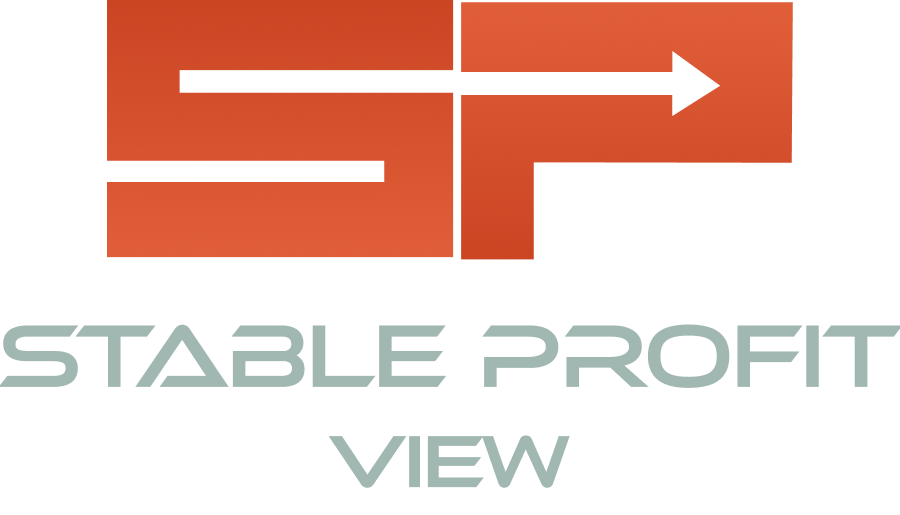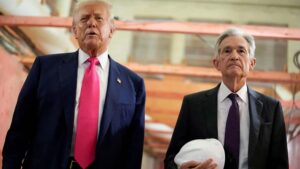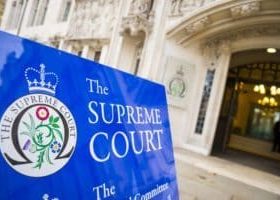The US Federal Reserve held interest rates steady on Wednesday, resisting intensifying political pressure from President Donald Trump, even as new economic data revealed stronger-than-expected headline growth.
The Federal Open Market Committee (FOMC) voted to keep its benchmark rate in the range of 4.25 to 4.5 per cent, a level it has maintained since December. While widely expected, the decision drew immediate fire from Trump, who had earlier urged the central bank to cut borrowing costs following a 3% annualised GDP rebound in the second quarter.
Using his favoured nickname for Fed Chair Jerome Powell, Trump posted on social media: “WAY BETTER THAN EXPECTED! ‘Too Late’ MUST NOW LOWER THE RATE. No Inflation! Let people buy, and refinance, their homes!”
The Fed’s post-meeting statement reiterated its data-dependent approach, stating it would adjust monetary policy if necessary to “impede the attainment of the committee’s goals.” It acknowledged moderating growth, persistent inflation concerns, and global developments as key inputs to future decisions.
While the headline GDP figure appeared strong, analysts were quick to note that much of the gain was due to a sharp drop in imports, which flattered the overall number. Measures of consumer spending and business investment, by contrast, slowed significantly. A separate Commerce Department gauge of core domestic demand fell from 1.9% to 1.2%, raising concerns that the economy is losing momentum beneath the surface.
“Beneath the topline figure, the economy is switching to a lower gear but not going in reverse,” said Bernard Yaros, lead US economist at Oxford Economics. “The Fed can afford to wait and see how tariffs play out before moving.”
Still, cracks are beginning to appear in the Fed’s consensus. For the first time since 1993, two members of the FOMC dissented, favouring a 0.25 percentage point cut, a sign that internal pressure to ease is mounting.
Nigel Green, CEO of financial advisory firm deVere Group, said the pause had been expected but was likely a prelude to a rate cut in September.
“The Fed has likely just bought itself eight more weeks before a pivot,” Green said. “The case for cutting isn’t built on fear—it’s built on realism. Growth isn’t reversing, but it is thinning out.”
He noted that while the GDP number looked impressive, it was driven largely by trade distortions, not broad-based expansion. Consumer behaviour, he added, is starting to shift.
“We’re seeing a transition. People aren’t panicking, but they’re hesitating. They’re thinking harder about where and how they spend,” Green said. “Smart investors will adjust early.”
The Fed’s decision to hold steady also came as inflation ticked up for a second consecutive month in June, adding to the bank’s caution. Still, with inflation trends softening overall and global growth moderating, the Fed appears to be edging closer to a policy shift.
Isaac Stell, Investment Manager at Wealth Club, said the Fed was balancing robust data with signs of deceleration.
“Hot on the heels of stronger-than-expected GDP, the Fed held rates steady for a fifth consecutive meeting,” Stell said. “But the fact that two governors broke ranks is significant. It signals the internal debate is heating up.”
Despite Trump’s public lobbying, Powell has so far stuck to the Fed’s independent mandate, resisting calls for immediate monetary easing. With a presidential election on the horizon and trade tensions weighing on sentiment, the stakes are rising.
As central banks in the UK, Canada and Europe have already begun cutting rates in response to falling inflation, the Fed’s next move is under increasing scrutiny. Many analysts now expect the first US rate cut to arrive in September, especially if incoming data continues to show weakening domestic demand and cautious consumer behaviour.
For now, the Fed remains in wait-and-see mode—but the wait may not last much longer.
Read more:
Federal Reserve defies Trump and holds rates steady as signs of economic slowdown emerge







